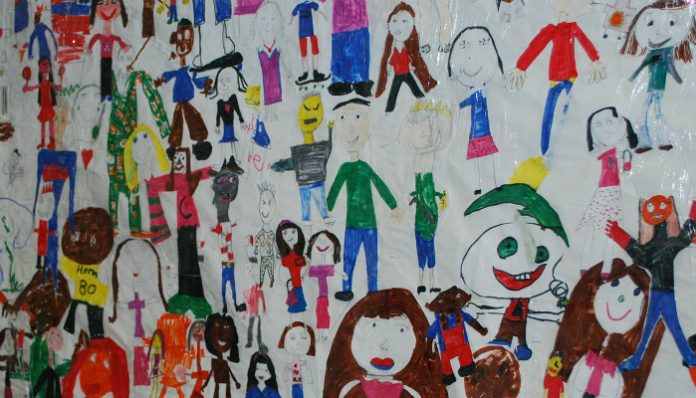If you want to be sure you’re meeting the demands of your stakeholders as they use your services, creating personas to identify their needs will help sharpen your focus. As consultant Jean Mutton explains, it’s a technique that’s becoming more widely used and it needn’t be a difficult process.
A good place to start when you are looking to draw up a user journey map is by developing a persona or set of personas to represent students, staff or any other stakeholders in your organisation.
The technique is essentially simple and very adaptable and is already being used across the sector in a range of projects to build up a rich picture of end user needs through a better understanding of what both motivates and de-motivates them.
Persona mapping: all you need are pens, paper and imagination
Going through the process of creating a persona also helps build empathy as you and your staff get ‘under the skin’ of the service users and build a view of your service experience through their eyes. You don’t have to go all high-tech – a blank piece of paper and a set of coloured pens will get you started.
Book a room with flexible layout – you will want the seating in cabaret style or around tables, just not in rows, with ideally between three and six people per table. Here are some tips on how to run a persona development workshop with groups of staff (or students or both):
- Allow at least an hour (and be prepared for laughter – it is fun!).
- Make sure there are drinks and snacks (there will be a lot of talking).
- Either use blank flip-chart paper or prescribed templates with specific questions or large boxes to be filled in (not just ‘tick boxes’).
- For a set of student personas the sort of things you should ask your teams to consider are: mode of study (UG/PG/Part-time/Full-time), gender, protected characteristics eg disability, fee status, ethnicity, age, their programme of study, plus information about their background and home life.
- If you want to ensure a broad range of persona types (eg not all ‘Amys from Reading doing English’) you can prescribe a range of characteristics for each table at the start (around 3 is fine).
- Provide coloured Sharpies (other drawing pens are available) as they are thicker than biros or pencils and make a better visual impact.
- Get the teams to draw an image of their persona (don’t take ‘I cannot draw’ as an excuse).
- Allow around 20 minutes for the first iteration then ask each team to introduce their persona to the rest of the room. Invite others to ask more questions about that character, building up the fullest possible backstory and behavioural insights.
- You could then go on to ask the teams to draw up a series of challenges which their particular persona may face with regard to accessing an aspect of your service eg admissions, enrolment, careers, graduation etc.
Getting the best from personas
In a recent session with a PhD researcher, Sarah Lawther of Nottingham Trent University, we drew up an initial persona of the type of student she wanted to reach out to as part of her study into religion on campus.
Here is what Sarah had to say about her first experience of creating a student persona:
“I found the process very enjoyable, and thought-provoking. Whilst we may uncover common themes in research to better understand the student experience, the process of creating a persona highlighted the complexity of the individual student experience: each student and their experience is different. Of particular interest to my work, is that the process allows a design that accommodates all students, rather than just the majority of students. I gained a new understanding of the importance of the emotional journey of students, and how identifying low emotional points can be useful to inform design.”
Although the very act of developing personas will provide valuable insights, personas should be used as part of a wider research base into felt experience; complementing focus groups, questionnaires, observation, shadowing and other means to find what really makes your end-users tick.








